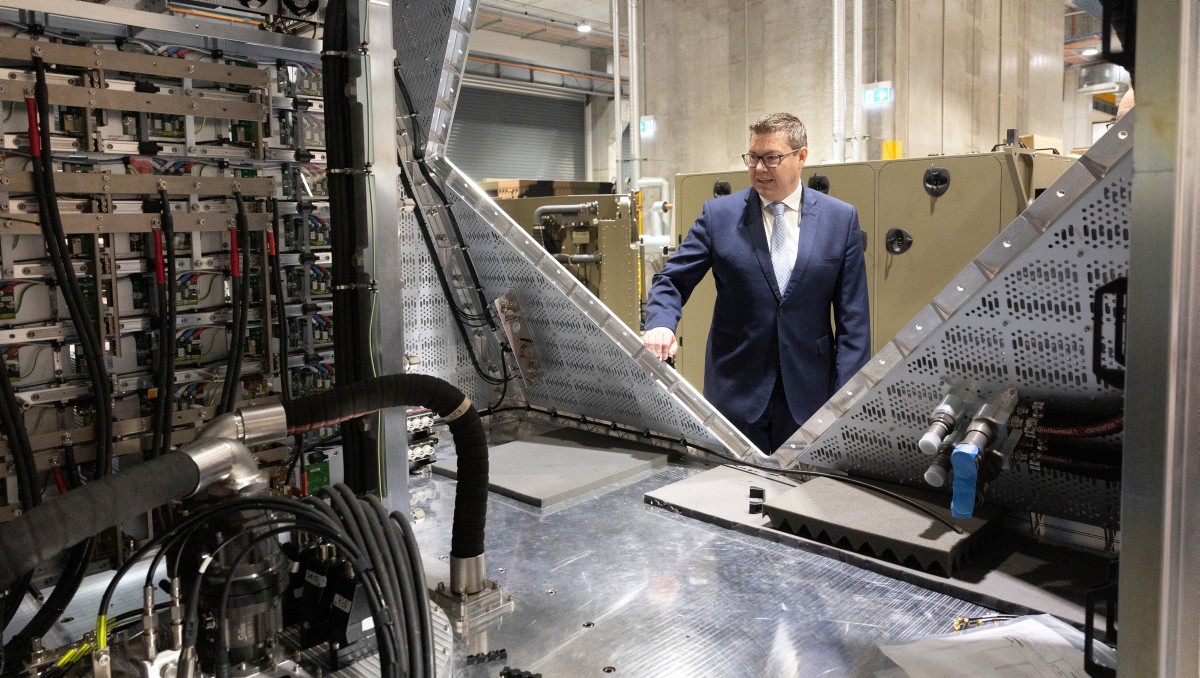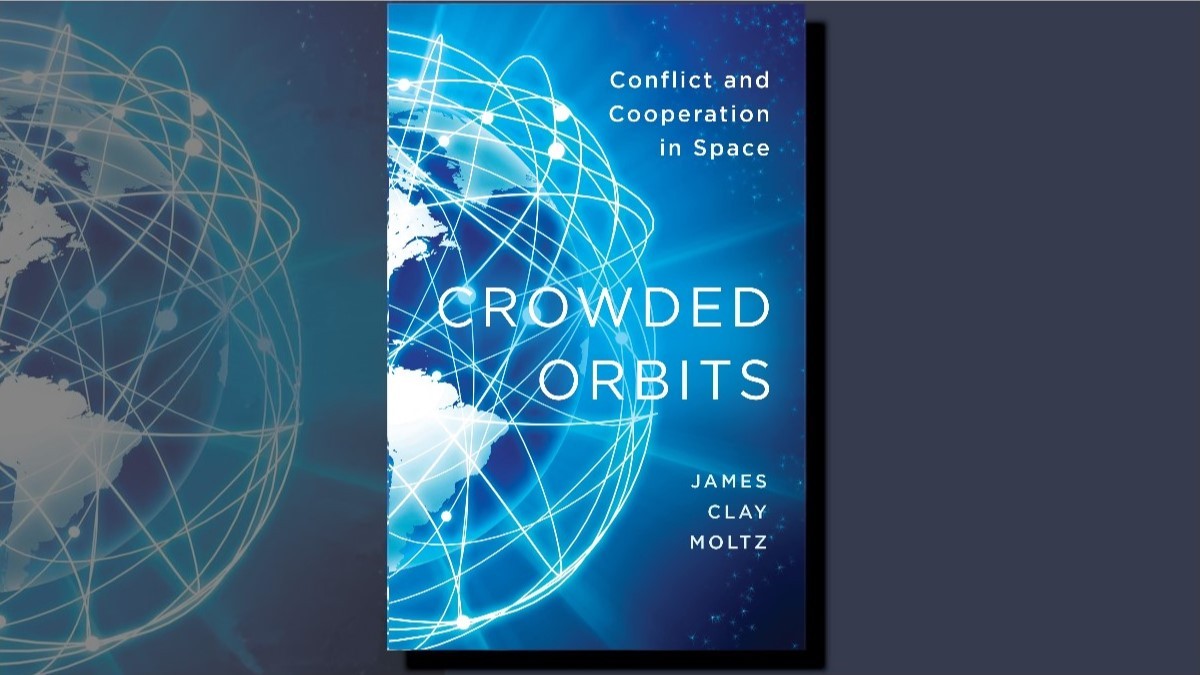Toward a Trusted Autonomous Systems Offset Strategy: Examining the Options for Australia as a Middle Power
Introduction
The capacity to generate and project power is central to state relations in what is an inherently anarchic environment. In the absence of a true supranational arbiter, it is the relations of power that establish and influence the normative boundaries that guide state behaviour. At the global and regional levels, states balance against one another to protect and further their own interests, while ensuring their continued survival.
This emphasis on relative power necessarily focuses attention on the actions of superpower and great power actors as they attempt to secure zones of influence and shift the scales of international commerce in their favour. In the post-Cold War era, the implementation of the liberal rules-based international order, chiefly by the United States and its allies, emplaced structures around state interaction and established institutions that have subsequently generated behavioural norms that regulate state behaviour.
While competition still occurs, the conventional power dominance of the hegemon acts as a limiting and stabilising force in the anarchic international space, which inspired the much-maligned declaration that we had reached the ‘end of history’.
The resultant balance of power was the foundation of an international relations equilibrium that continues to be particularly valuable for trade‑reliant and US-aligned ‘middle power’ states, such as Australia.1 Within this framework, middle powers have been able to leverage their own power across more limited regional spheres of influence. For smaller states, an established set of behavioural norms generates certainty, and international institutions (backed by the influence of the hegemon) open avenues to protect their interests against intrusion by more militarily powerful states. Overall, therefore, middle powers are incentivised to
contribute to maintaining the US-led structure because it offers the protection of a great power, ensures the stability required for global economic activity and allows them to carve out their own niche areas of influence.
As with prior hegemons, however, the rise of a challenger state can threaten to upend this equilibrium. As the challenger grows in influence (chiefly economic), it can begin to chafe against the barriers placed upon it by the current international structure and seek to assert or expand control over what it sees as its sphere of influence. This creates the conditions for great power competition, which can potentially lead to conflict and a transition of hegemonic power.2 Even though the challenger (in the modern
context, China) may be gaining in terms of relative economic and political power, the hegemon typically maintains a strong conventional military edge. However, the emergence of a major military innovation that shifts the paradigm of conflict can act as a sort of circuit breaker, disrupting the hegemon’s conventional military superiority.
Generally, but not exclusively, centring on a technological invention, offset strategies are effectively a state’s attempt to seize on this disruption to offset the superiority of a rival actor. Essentially the goal is to change the rules of a future conflict in the adopter’s favour and sidestep the often unfeasible task of generating a comparable conventional capability. In the current context, both China and the United States are pursuing artificial intelligence (AI) enabled systems and autonomous platforms to secure dominance in the new conflict paradigm.
Shifting to a middle power perspective, the core purpose of an offset strategy is notably distinct from that of a hegemonic competitor. The return of great power competition and the proliferation of advanced technology will have a destabilising effect, and managing this disruption will stretch the resources of states with global interests but smaller militaries. For these states, the core purpose of an offset strategy is to generate an asymmetry of capability. By maintaining a comparative edge in the emerging military innovation and shifting the way it fights, a smaller military can invalidate the conventional superiority of a rival and compensate for its own weaknesses, thereby creating a strategic advantage that secures its niche over the long term.
This work will evaluate the feasibility of adopting trusted autonomous systems (TAS) as the basis for an offset strategy, which would then integrate into the Australian Army’s future force design. Australia has historically been able to maintain an enduring knowledge edge over its neighbours, which it has translated into a deterring capability edge that offsets the comparatively low mass of the Australian Defence Force (ADF). In his 2019 Strategic Guidance, the Chief of Army referred to the Australian Army as an ‘Army in Motion’ that aims to be ‘ready now’ and ‘future ready’ to operate in a shifting operational and geostrategic environment under the emergent
conditions of ‘Accelerated Warfare’.5 However, this is a time-sensitive pursuit, with only a limited window to shake off organisational lethargy and proactively take calculated risks. As the pace of technology diffusion quickens (as seen with remote-operated unmanned aerial vehicles (UAVs)) and the adoption capacity of neighbouring states improves, it will become more difficult to maintain a capability edge based on autonomous systems.
Centring the methodology on a qualitative case study (in this case, the Australian Army) is a particularly suitable approach for studying the diffusion of military technology, which is rarely statistically quantifiable while it is occurring.6 The following analysis draws extensively on data and analysis from defence research bodies, civilian state agencies, and non-government think tanks, alongside traditional academic literature. Additionally, this work draws on published strategic concept documentation from the broader ADF and on related publications which deliver important evidence on the approach of senior military leaders to the utility of autonomous systems to the future force.
Overall this work presents an examination, grounded in theory, of the feasibility of the Australian Army adopting TAS as part of an offset strategy. This is achievable over the medium term; however, the government must invest more deeply in developing the capacity of the domestic arms industry to innovate in identified capability niches. The broader Australian defence community must instigate a meaningful cultural shift to prioritise and support creative risk-taking and innovation. While it is also important to understand lethal autonomous weapon system (LAWS) (defined in detail in section two) proliferation in a broader regional context, it is beyond the conceptual
and resource limits of this specific paper; however, this report could serve as a proof of concept for the contention that middle power states can be effective fast-following adopters of TAS.
| Attachment | Size |
|---|---|
| Australian Army Occasional Paper No. 2 - Autonomous Offset Strategy WYATT and GAILLIOT_0.pdf (8.24 MB) | 8.24 MB |

Publication Date
Publication Identifiers
ISSN (Online) 2653-0406
ISSN (Print) 2653-0414



